CES 2023 Day 3: The 9 new gadgets you need to see
From a new HTC XR headset to an 18-inch gaming laptop from Razer, these products caught our eye at CES 2023
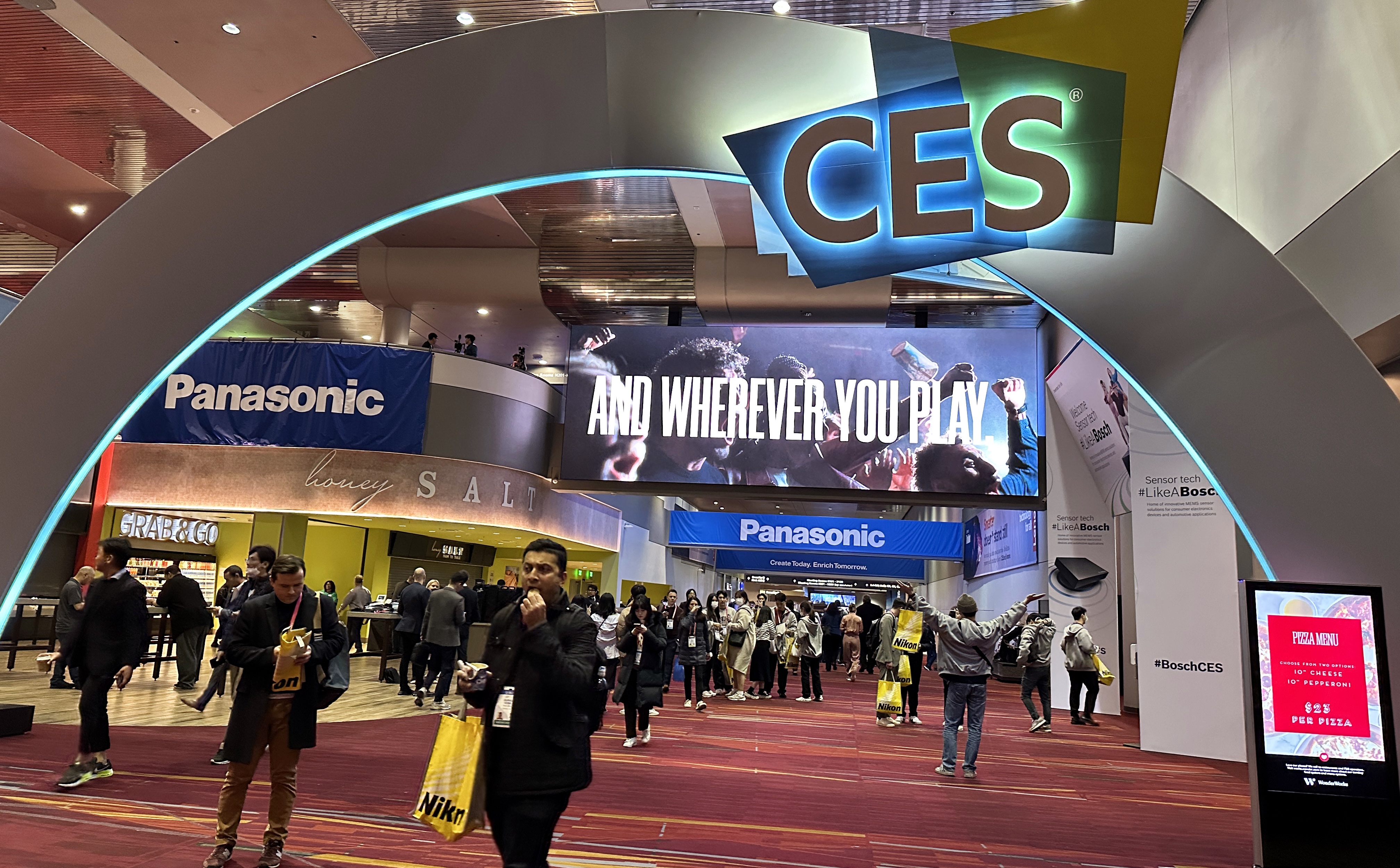
The CES 2023 show floor opened up yesterday (January 5), giving the public its first glimpse at some of the new technology debuting at this year's tech gathering. And the Tom's Guide team remains in Las Vegas, exploring more gadgets and gear from this year's show.
We've got a running list of the best TVs at CES, not to mention the best laptops at CES (and the best gaming laptops of CES, too, if that's your thing). But outside of those categories, we've spotted other devices — either products making their debut on the opening day of the show or hidden CES gems we've only now uncovered.
Here's a highlight reel of the most interesting things we saw on our third day at CES 2023. And be sure to check out our picks for the Best of CES 2023, recognizing the top products we've seen this week.
HTC Vive XR Elite Virtual Reality System
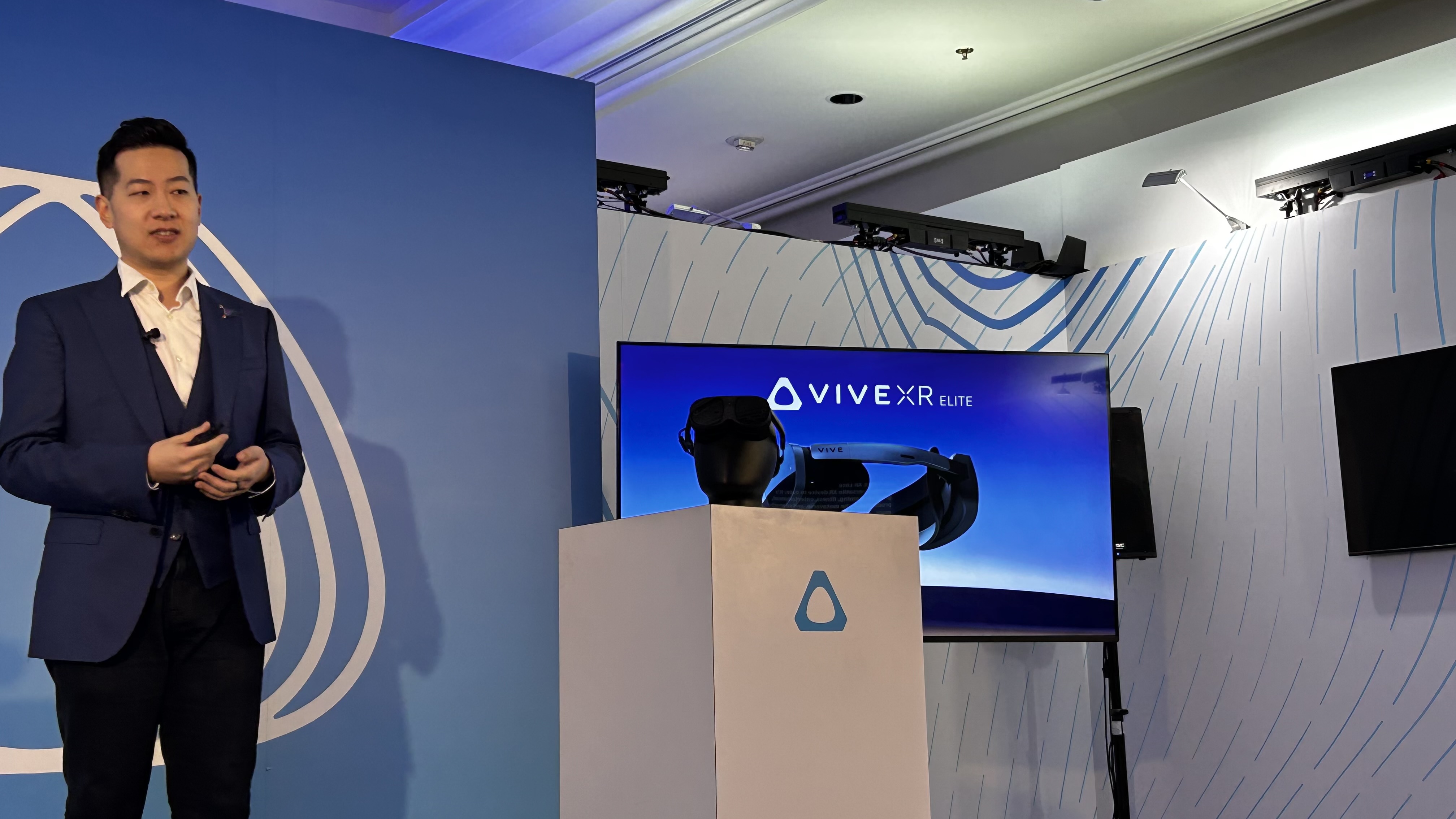
HTC is back in the standalone headset game, ready to take on the Meta Quest Pro with a mixed reality device of its own. The HTC Vive XR Elite Virtual Reality System — try saying that three times fast, whether you're in the metaverse or not — works in both standing and seating orientations, boasting some specs that compare favorably to rival headsets.
Specifically, four on-board tracking cameras and a depth sensor help with controls, while the headset itself has a combined resolution of 3840 x 1920, a 110-degree field of view and a 90Hz refresh rate. Battery life is just two hours, but you'll be able to hot-swap in new batteries for extended XR sessions.
Where the Meta comparisons become tougher is price — HTC's new headset costs $1,099, which is $700 more than what Meta is charging for the Meta Quest 2. Still, that's cheaper than the Meta Quest Pro, so we're interested in seeing how the XR experience compares on the revived HTC Vive XR.
Lenovo ThinkPhone
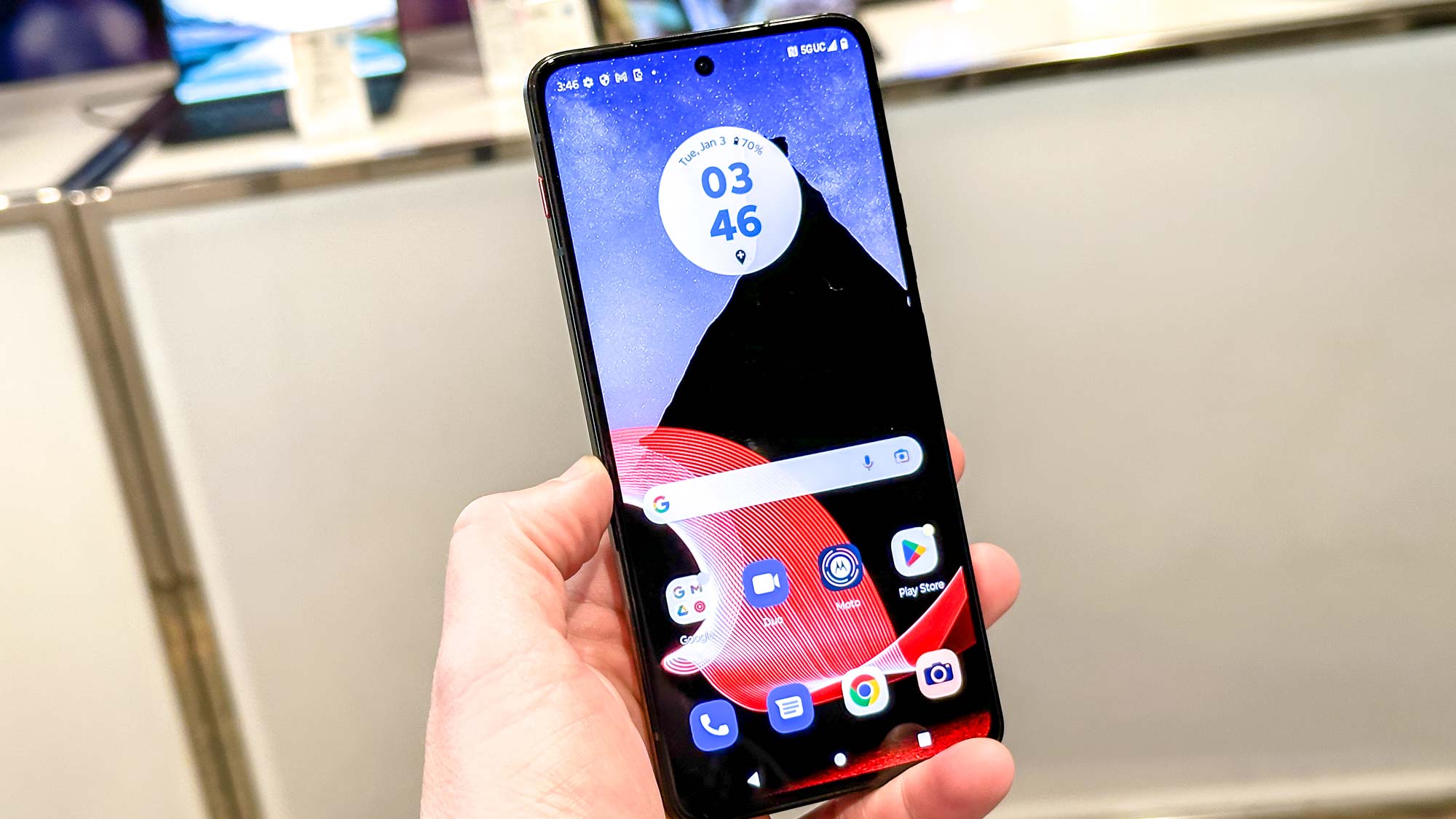
The Lenovo ThinkPhone was built with ThinkPads in mind, and not just because this Motorola phone looks like one of Lenovo's business laptops smushed into a smartphone's form factor. Think 2 Think connectivity lets your phone and laptop work together via a suite of productivity experiences.
Sign up to get the BEST of Tom's Guide direct to your inbox.
Get instant access to breaking news, the hottest reviews, great deals and helpful tips.
Say you want to move a photo from your ThinkPhone to your ThinkPad. Just click Ctrl + V on the laptop and the image is ready to paste in. Got a video call coming up? You can turn your ThinkPhone into a webcam that will keep you in the frame when you chat.
Don't expect top-of-the-line specs with the ThinkPhone, though the Snapdragon 8 Plus Gen 1 silicon powering the handset came out in the latter half of last year. You can expect a secure device, though, with features like ThinkShield and Moto Threat Defense keeping your data safe.
Qualcomm Snapdragon Satellite
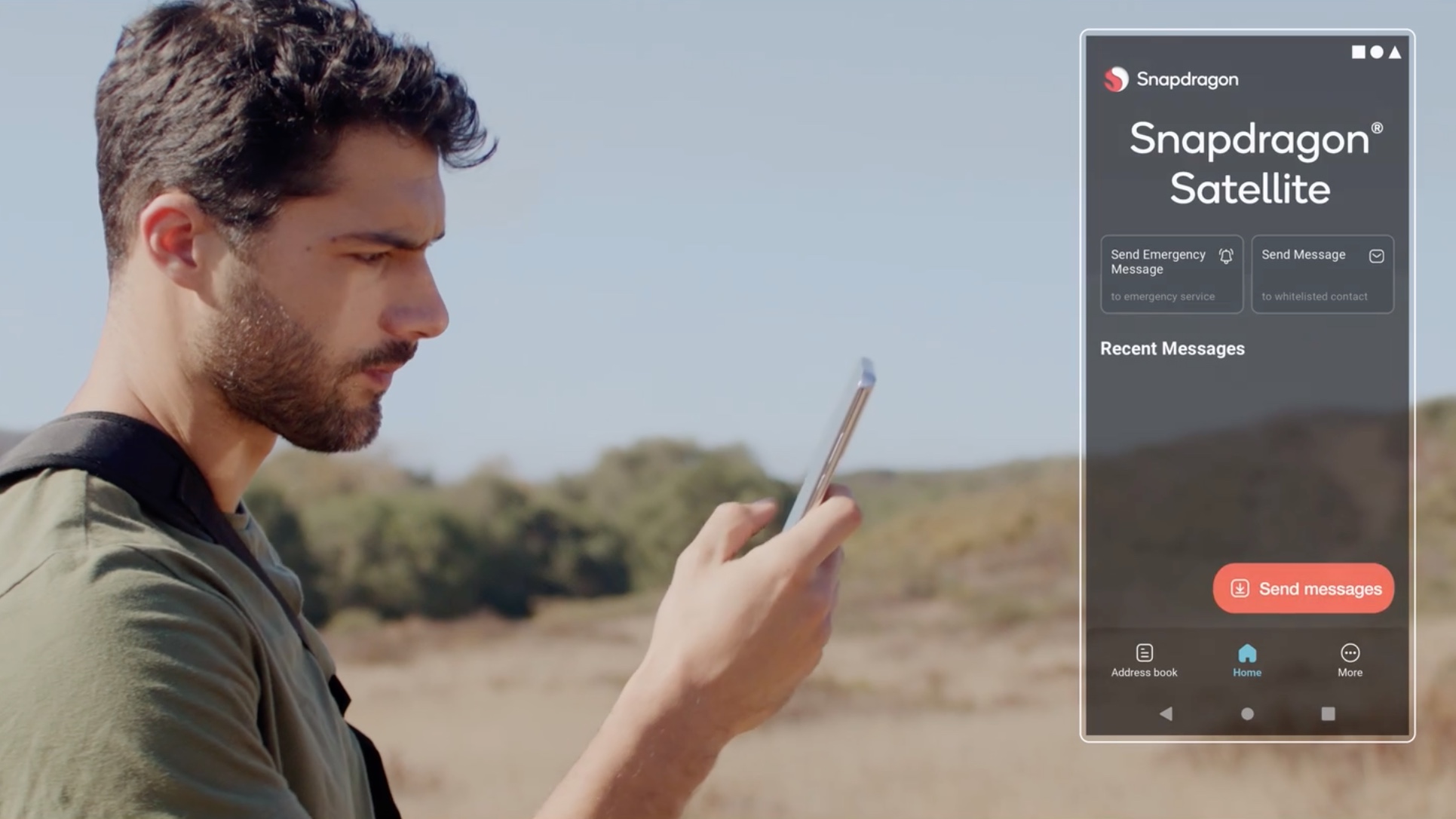
Anyone with an iPhone 14 model can connect to a satellite when there's no cellular connectivity to send an emergency message. And thanks to Qualcomm, the capability will be coming to some Android phones in the form of Snapdragon Satellite.
Much like Apple's Emergency SOS via satellite service, Snapdragon Satellite extends the connectivity of Android devices, with assistance from the Iridium satellite network and Garmin Response emergency rescue services. Only Qualcomm sees its service as being used for more than just emergencies, potentially letting you send texts in more remote areas as a matter of course.
The feature is supported by the Snapdragon 8 Gen 2 chipset — specifically the X70 modem that's part of the system-on-chip. Expect it to go live in the second half of this year.
Ring Car Cam
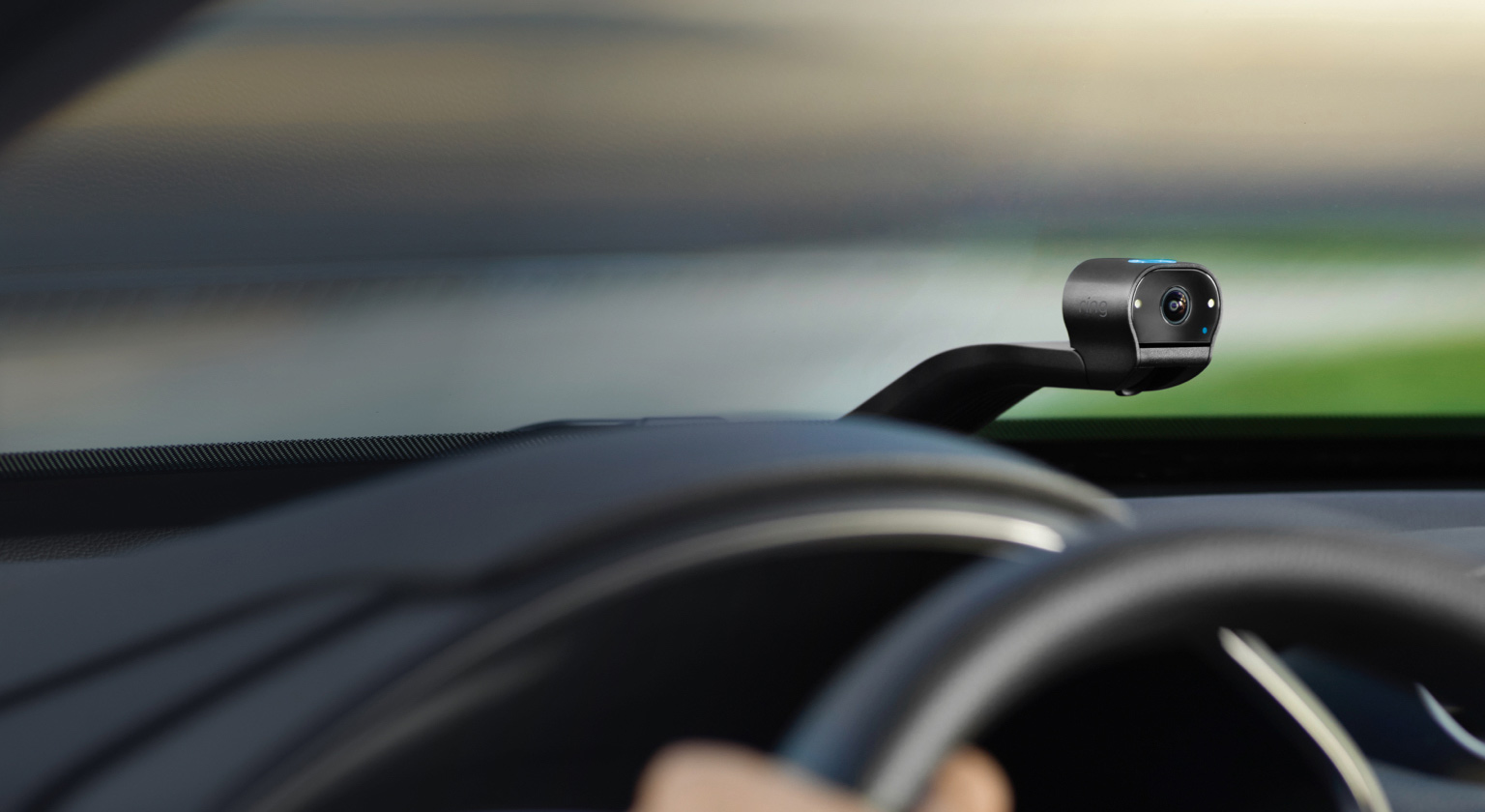
Just as Ring's assorted security cameras look to safeguard your home, the newly unveiled Ring Car Cam looks to bring that same level of protection to your home on wheels. But don't confuse the Ring Car Cam with a mere dash cam — yes, Ring's new camera can keep its eyes on the road, but the dual-camera system can see inside your car, too. That way, it has a prime view of any attempted break-ins.
One of the most impressive things about the Ring Car Cam is its installation. It plugs into the OBD-II port on your car, minimizing the amount of unsightly wires and sparing you from having to hard-wire the camera into the fuse box. Even better, the Ring Car Cam stays in low-power mode when the engine's off, springing into action only when it detects activity going on. A manual privacy cover kills the camera feed and turns off the microphone when you want a little privacy on your drive.
Nova H1 earrings
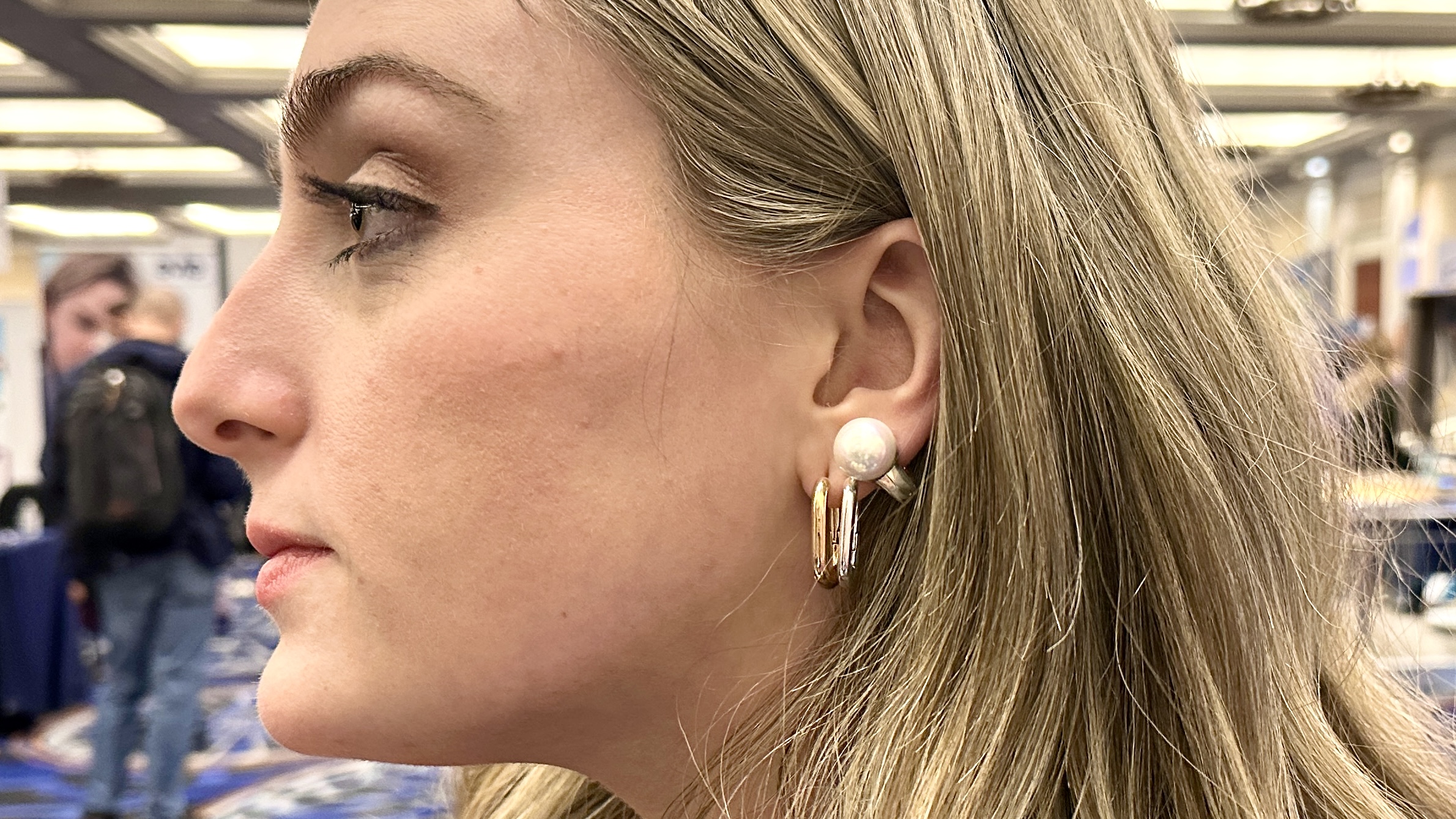
Fashion or functionality? With the Nova H1 audio earrings, you don't have to choose one over the other. These clip-on earrings feature more than just a freshwater pearl for a nice aesthetic touch — they also double as a pair of wireless earbuds with that pearl acting as a micro-chamber to produce sound.
Do they work? Editor Kate Kozuch tried on the Nova H1 earrings on the CES show floor and thought the sound was pretty good. She also came away impressed with how secure the earrings felt clipped to her ear. And with 5 to 6 hours of battery life, there's not much chance of your earrings running out of power during a day of average use.
Razer Blade 18
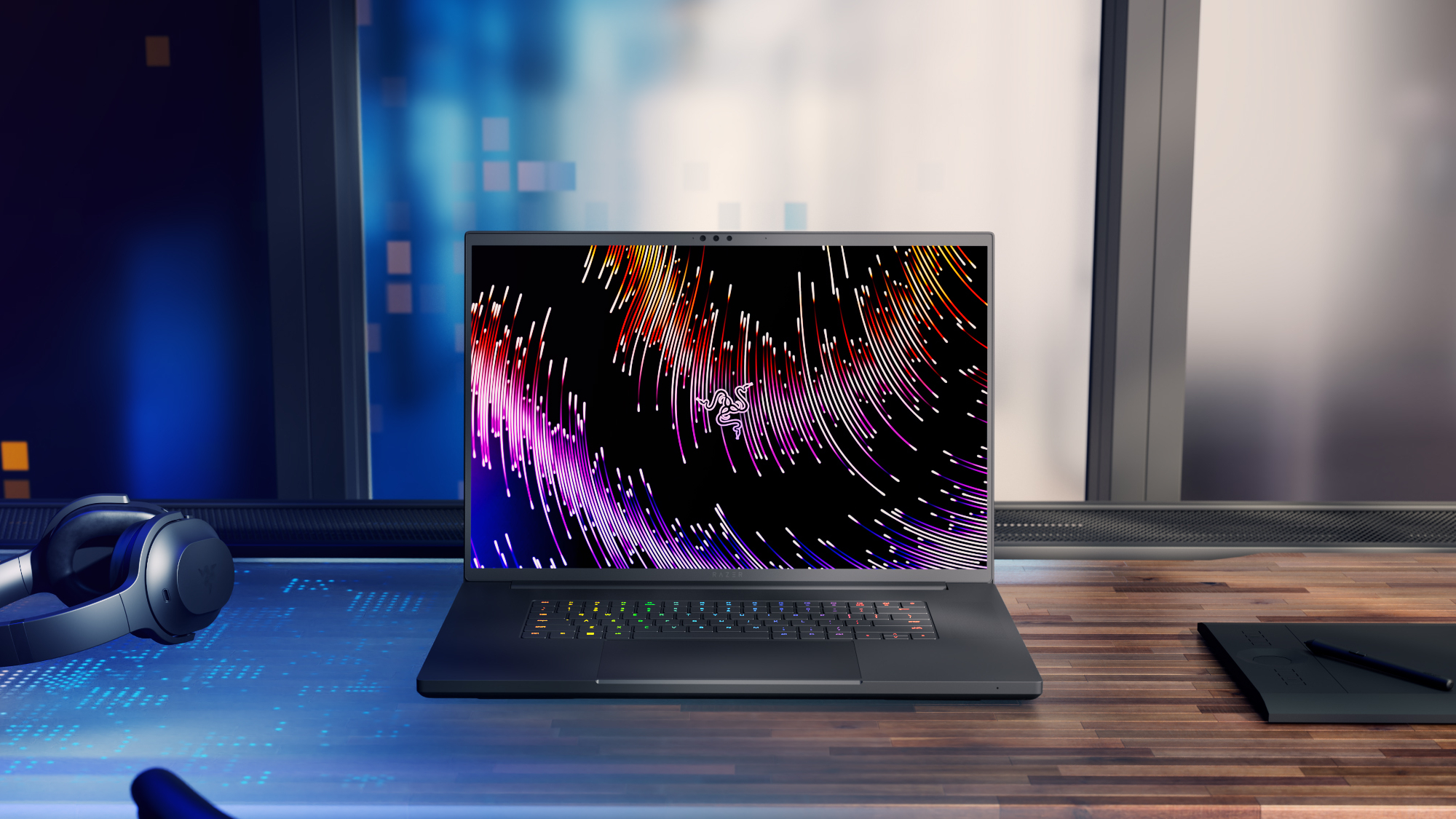
This is a great time for fans of 18-inch gaming laptops, with the Razer Blade 18 standing out as one of the more eye-catching behemoths. That's because it sports Razer's typical eye-catching design as well as a thin black chassis.
The Razer Blade 18 specs fall into line with what you'd expect from a gaming laptop in this class: a 13th gen Intel Core i9-13950HX processor and your choice of assorted Nvidia GeForce RTX 40-series GPUs. (In the entry level model, you get an RTX 4060 with 16GB of RAM plus 1TB of storage.) As for the display, it's a 18-inch QHD (2560 x 1600) 240Hz 16:10 IPS panel boasting 500 nits of brightness and a 3ms response time.
We're expecting to see the Razer Blade 18 in the next few months, where it will debut with a starting price of $2,899 and a chance to join the ranks of the best gaming laptops.
Future of OLEDs
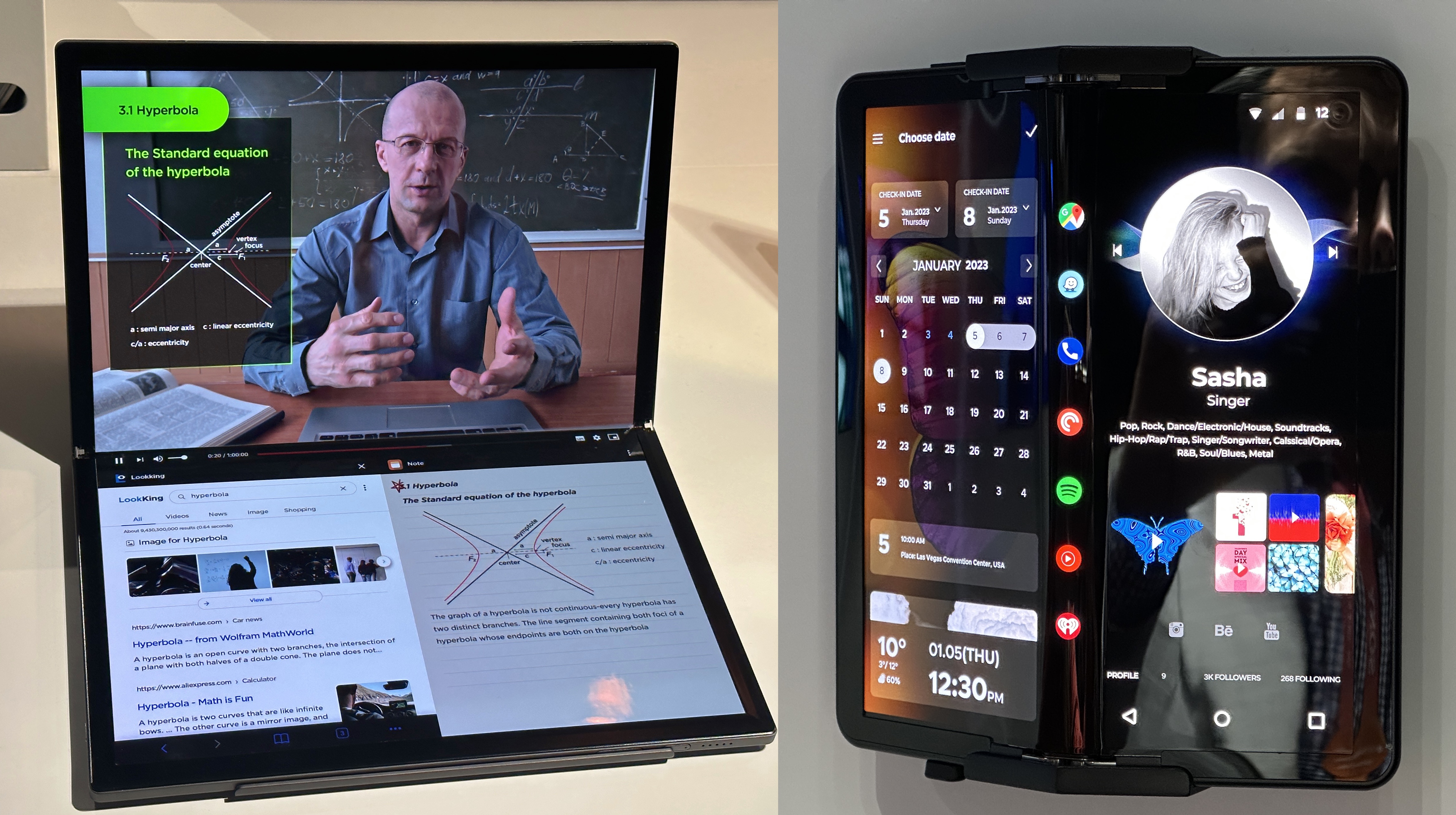
We got to take a good look at a mix of folding displays from LG, or more correctly the company's display-making arm LG Display. And we may have got a clear look at the future of OLED display; that future looks foldable.
LG Display showed off several concepts. One of the most exciting being an 8-inch, 360-degree foldable OLED panel that could be used in future phones. A 17-inch foldable laptop that has an almost unnoticeable crease when fully open was also eye-catching. There was even a 0.4-inch OLED panel that will likely find a home in VR or mixed reality headsets.
Then there was the OLED Glow, which is a 27-inch OLED concept that's both height and angle adjustable, and it features touch technology. In a quick demo, the Glow was displaying a live fireplace view and then the panel got raised up and flipped out to the right to show a collection of e-books you could scroll through with a finger.
ROG Raikiri Pro
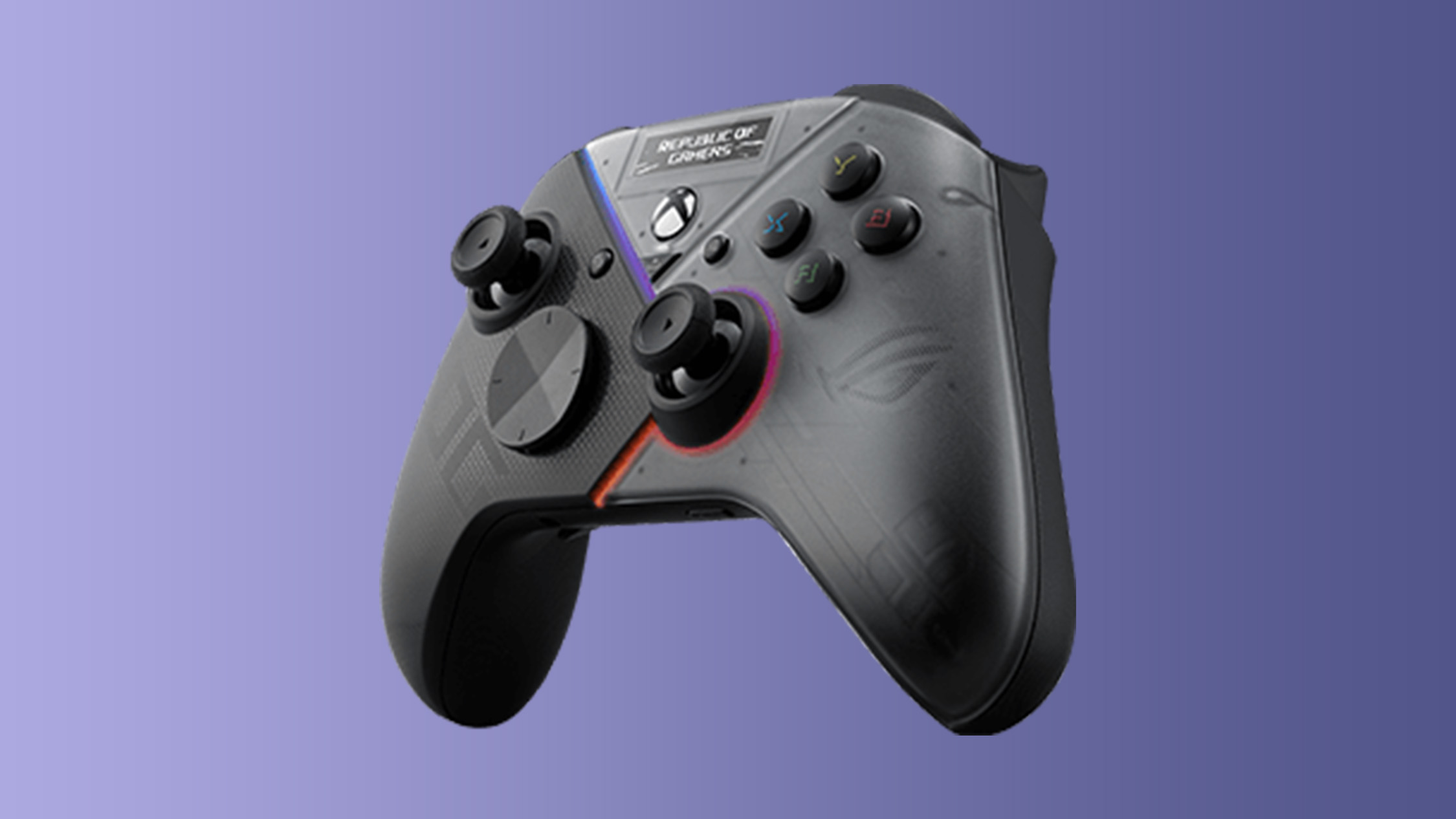
While we're on the topic of gaming gear, let's spare a thought for the ROG Raikiri Pro controller from Asus. It's designed for PC gaming, but it offers Xbox Series X compatibility, too. But the thing that really catches our eye is that 1.3-inch OLED screen smack dab in the middle of the controller.
You'll be able to see information like the status of connected microphones and Bluetooth devices as well as battery life on that tiny display. There's also the possibility of messages popping up, assuming game developers work to integrate the Raikiri Pro's display into their offerings. We're still waiting to hear about pricing, but with the controller set to ship in the coming months, it won't be long before we get more details.
L’Oreal HAPTA
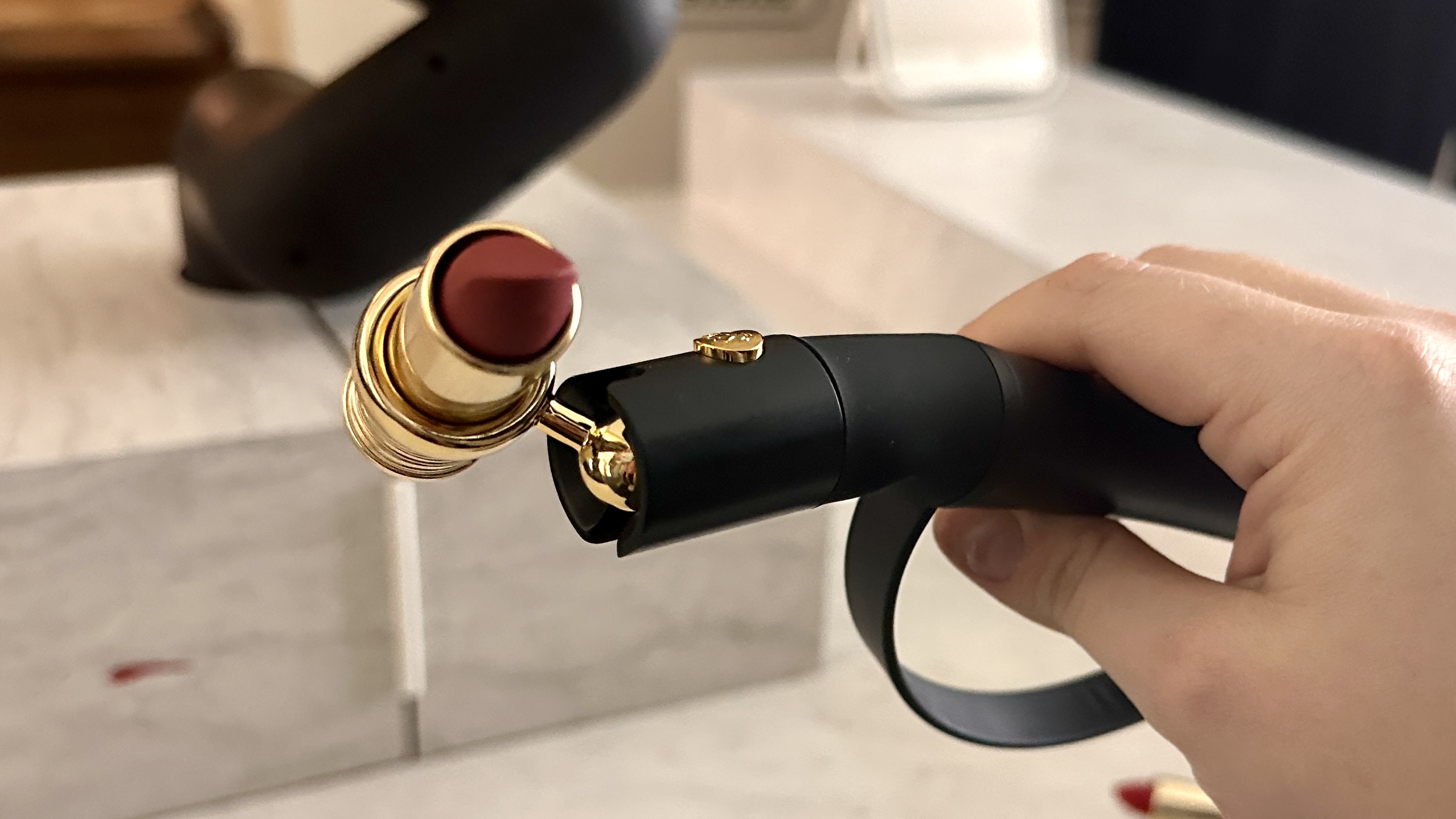
With the HAPTA, L’Oréal is paving the way for an emerging category called assisted beauty tech. It's doing this by providing a motorized lipstick applicator to help aid with precision makeup for people with limited mobility.
What looks like a rather neat accessory is actually hiding a gimble-like device that can steadying the movement of the lip product even if the hand is moving irregularly.
Given tens of millions of people actually can’t use traditional makeup due to motor skill impairments such as tremors, multiple sclerosis, a stroke or similar conditions. L’Oréal, in an effort to improve cosmetic inclusivity, worked with in-house brand Lancome to create HAPTA. And that could make the enjoyment of applying makeup and exploring beauty profucts more accessible to all.
Honorable mentions
One of the bigger announcements coming out of CES has repercussions for a product we won't see until next month. Samsung Display announced a new Ultra Dynamic Range (UDR) display that has a peak brightness of 2,000 nits while promising a panel that will “show more realistic quality with rich color expression." The problem? This display may not have arrived in time to be featured in phones like the Galaxy S23 Ultra, which is due out next month.
We've also found out how much the Razer Edge 5G is going to cost, with Verizon Wireless setting a price for the 5G cloud-gaming handheld console. You'll pay $599 if you buy it on January 26, or $359 through Verizon's Device Payment financing.
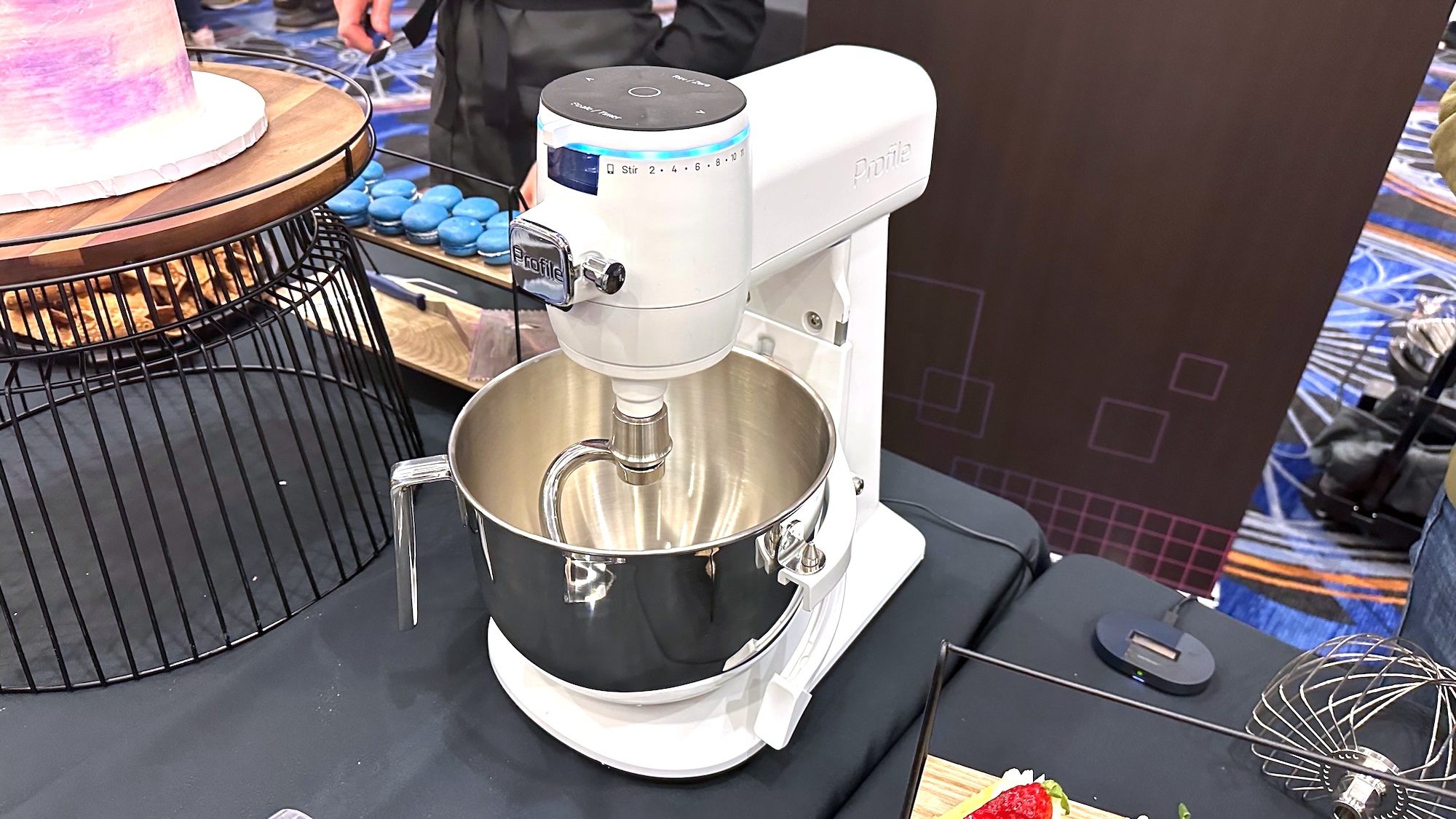
As for other products that caught our eye, the GE Profile Smart Mixer with AutoSense is a stand mixer with smarts, measuring how hard the motor needs to work to mix things and automatically determining when the mixing is done.
Philip Michaels is a Managing Editor at Tom's Guide. He's been covering personal technology since 1999 and was in the building when Steve Jobs showed off the iPhone for the first time. He's been evaluating smartphones since that first iPhone debuted in 2007, and he's been following phone carriers and smartphone plans since 2015. He has strong opinions about Apple, the Oakland Athletics, old movies and proper butchery techniques. Follow him at @PhilipMichaels.

